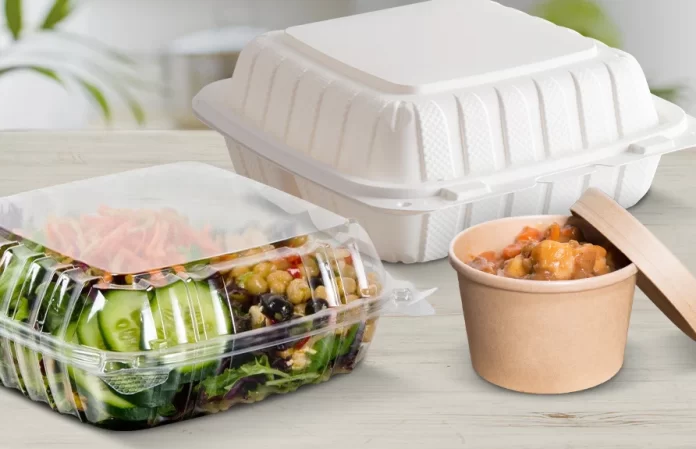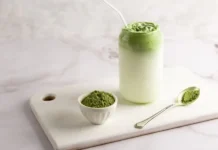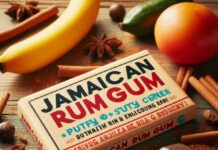Whether it’s your favorite chocolate or those on-the-go nibbles, you’re drawn to the packaging first. Food packaging not only helps a product stand out on the store, but it also protects it from contaminating chemicals, physical forces, and the environment. To be competitive, it’s critical to understand the many forms of packaging and to keep up with the current packaging trends.
What is the significance of food packaging?
Packaging protects the quality of the food while also attracting customers. The majority of customers are likely to assess the quality of the food based on the packaging. While the basic function of food packaging is to hold a portion of food, it also has a number of other advantages:
- Protection: Packaging is tailored to the type of food. Companies perform extensive research in order to come up with the greatest solutions for practical packaging that protects products from chemical reactions, light, and dust. Improper food packing has an impact on the product’s quality and flavor.
- Influencing consumer purchase habits: The colors and style of ready to eat meal packaging may have a big impact on a customer’s choice to buy. After all, various colors elicit different responses in the brain, so select your package colors carefully. White packaging, for example, expresses simplicity and purity, making it ideal for dairy goods. Orange packaging evokes feelings of vigor and joy, making it great for sports drinks and summer beverages. Colors and flavors should also be coordinated, such as yellow for bananas and red for apples. Fonts have a vital influence as well. Make sure your intended audience can read them.
- Promoting your brand. There are hundreds of items on supermarket shelves, therefore your product must stand out. This is aided by packaging, which distinguishes your brand from identical items on the same shelf. Packaging may also be used as a marketing technique. Customers will remember your brand the next time they visit the shop because of the label, logo, and form of your food packaging. Packaging helps to establish brand identification in this way.
Emerging food packaging trends
By combining these trends into your packaging, you may offer your product an edge:
- Minimal designs are omnipresent these days, from book covers to road signs. Take a break from your busy designs and large typefaces.
- Bold colors are in favor in the food packaging industry. They not only catch the eye of the buyer, but they also complement the overall arrangement. The best example of this trend is protein bars.
- Functional designs: For instance, you can launch a coffee cup top that is meant to hold the sugar and cream, as well as a little more coffee. More businesses are adopting this practice to make it easier for their consumers to carry their meals.
Conclusion
Every food product need packaging in order to be sold. It is, nevertheless, as crucial to select the appropriate ready to eat meal packaging. After all, your product’s packaging not only holds and protects it, but it also helps to establish brand awareness.



































































